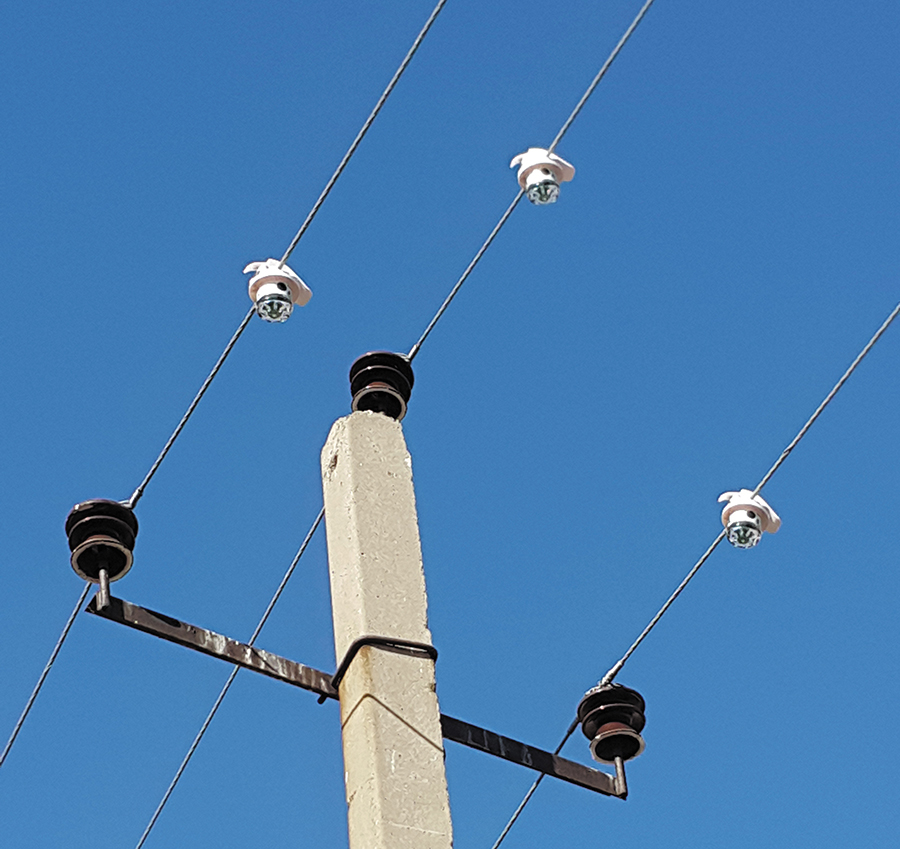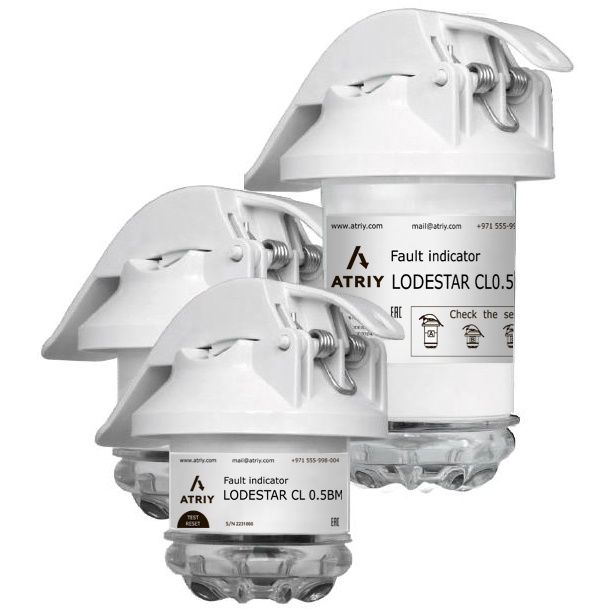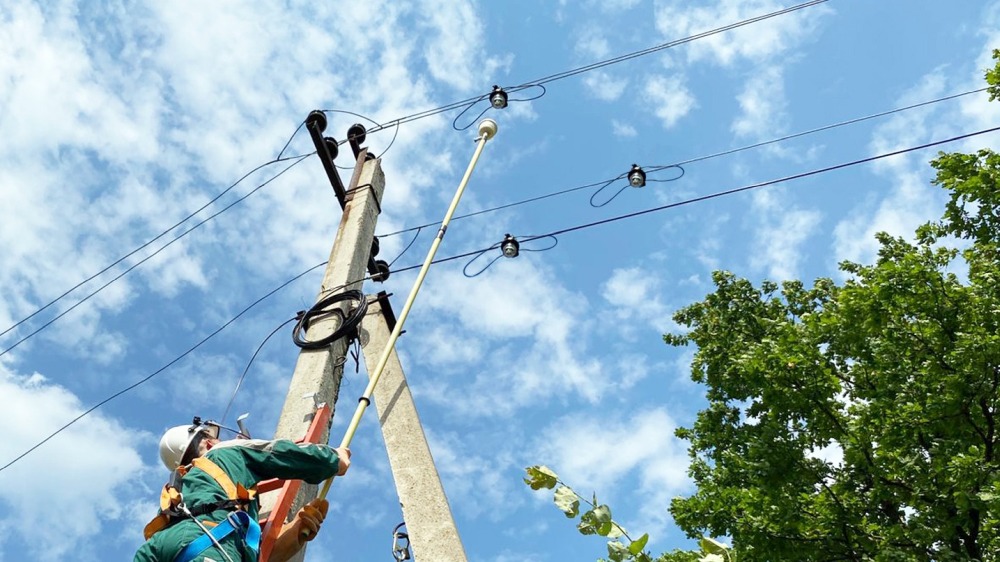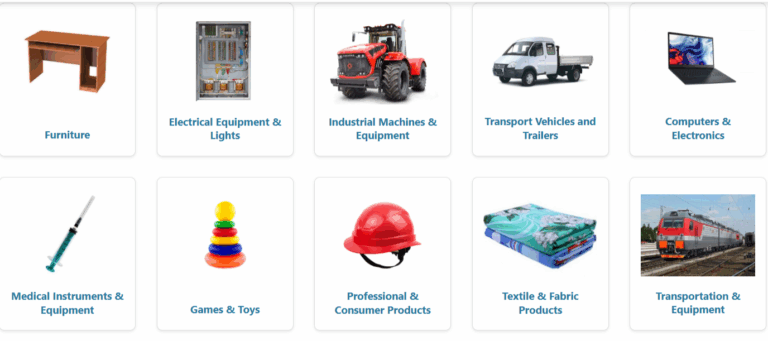
Purpose of Overhead Line Damage Indicators
Overhead line damage indicators are engineered to detect and localize faults in power distribution networks. Their primary purpose is to identify disruptions such as interphase short circuits, single-phase short circuits, or earth faults, which can result from physical damage, lightning strikes, or vegetation interference. By pinpointing the faulty section, these devices significantly reduce the time required to restore power, improving system reliability metrics like SAIFI (System Average Interruption Frequency Index) and SAIDI (System Average Interruption Duration Index).
Additionally, these indicators facilitate proactive maintenance by providing data on fault events, which can be analyzed to prevent future outages. For instance, they can detect transient faults or minor disruptions, allowing utilities to address potential issues before they escalate. This capability ensures a more stable power supply, particularly in regions prone to severe weather or environmental challenges.
In the ever-evolving world of power distribution, maintaining a reliable and efficient grid is paramount. Overhead fault indicators play a critical role in this process by detecting and pinpointing faults in overhead power lines, ensuring swift responses to disruptions. These devices have become indispensable for utilities aiming to minimize downtime and enhance service reliability in high-voltage networks ranging from 6 to 100 kV.

The overhead line fault indicator, such as those in the Lodestar CL series, is designed to identify faults like short circuits and earth faults, allowing maintenance teams to locate and address issues quickly. By integrating advanced technology, these indicators provide real-time data, enabling proactive grid management and reducing the impact of outages on consumers.
Design and Characteristics of Overhead Line Fault Indicators
Overhead line fault indicators, like the Lodestar CL series, are compact, robust devices designed to withstand harsh environmental conditions. Typically mounted on conductors, they feature bright LED indicators for visual fault detection, making it easy for maintenance crews to identify issues, even from a distance. Models like the Lodestar CL HV offer 360° visibility with ultra-bright LEDs, ensuring clear indication in all lighting conditions.

Key characteristics of these indicators include:
- High Sensitivity: Capable of detecting fault currents as low as 0.5 A, ideal for identifying earth faults.
- Intelligent Algorithms: Utilize advanced algorithms to differentiate between fault types and determine fault direction.
- Communication Capabilities: Equipped with GSM or Bluetooth for real-time data transmission to SCADA systems or smartphones.
- Durable Design: Tested to withstand current surges up to 50 kA, ensuring reliability during lightning strikes or high-fault conditions.
These features make the indicators versatile and suitable for both one-way and two-way power supply networks, enhancing their applicability across diverse grid configurations.
Installation of Overhead Line Fault Indicators
The installation of overhead line fault indicators is designed to be straightforward and efficient. Devices like the Lodestar CL series can be mounted directly on conductors using a single hot stick, allowing installation without de-energizing the line. This capability ensures continuous power supply during setup, as demonstrated in projects like the 2023 installation by Ruma Ingeneria SAS, where 27 Lodestar Master 0.5 CL units were installed without interrupting service.
Indicators are strategically placed at key locations, such as the beginning of line branches, substation entrances, or borders of operational responsibility. This placement maximizes fault detection coverage and aids in rapid localization. Configuration is user-friendly, often managed via smartphone apps or SCADA systems, allowing technicians to adjust settings remotely without unmounting the device.
Advantages of Lodestar Fault Indicators
The Lodestar CL series, developed by ATRIY, stands out for its advanced features and operational benefits. These indicators integrate seamlessly with modern grid management systems, offering utilities a reliable solution for fault detection and localization. Their ability to transmit data via GSM or Bluetooth to SCADA systems ensures that dispatchers receive instant notifications, enabling rapid response to faults.

Key advantages include:
- Rapid Fault Localization: Pinpoints faults within seconds, reducing downtime and operational costs.
- Enhanced Grid Reliability: Minimizes unplanned outages, improving service quality for consumers.
- Cost Efficiency: Reduces the need for manual inspections, saving time and resources.
- Smart Integration: Compatible with KOMORSAN and other SCADA systems, supporting protocols like DNP3 and IEC 60870-5-104 for seamless data transmission.
These benefits make Lodestar indicators a preferred choice for utilities aiming to modernize their grid infrastructure and enhance operational efficiency.
Conclusion
Overhead line damage indicators, such as the Lodestar CL series, are transforming power grid management by providing rapid, accurate fault detection and localization. Their robust design, intelligent algorithms, and seamless integration with modern systems make them essential tools for utilities worldwide. By reducing downtime, improving reliability, and enabling proactive maintenance, these devices ensure a stable and efficient power supply, meeting the demands of today’s energy landscape.






